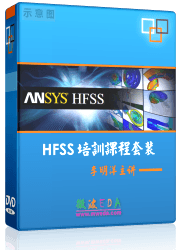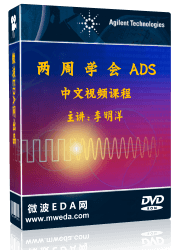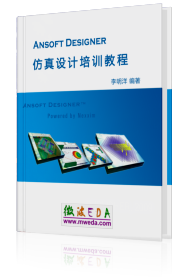Settings for PML Boundary
 Settings
Settings  Boundaries Boundaries  Open Boundary Open Boundary
This dialog box offers options to modify the parameters of the open
boundary condition. Only experienced users should change these settings
The used PML formulation is the so called "Convolution PML"
which provides a material independent absorbing boundary condition. In
addition to electric and magnetic material properties also conducting
materials are considered for this absorbing boundary.
Properties frame
Estimated reflection
level: Specify the estimated reflection level (e.r.l.). Usually
an e.r.l. = 1e-nPMLLayers = 1e-4 is sufficient.
Automatic minimum distance to structure frame
It is often useful,
also for stability criteria, to enlarge the simulation domain so that
the PML layer are not too close to the simulated structure. The available
options in this frame determine the amount of this enlargement either
as absolute fixed distance from the structure or in fixed relationship
with the simulation wavelength.
Fraction of wavelength/Absolute distance combo
box: this combo box allows to change the minimum distance criteria
to be applied in case of open (add space) boundary.
The
Absolute distance criterion describes
a true distance enlargement. Type the amount in the adjacent edit box
using geometrical user units.
The
Fraction of wavelength determines
the minimum distance to the open boundary in part of the wavelength following
the formula Distance = Wavelength /
Number. The reference frequency for the wavelength computation
may be chosen in the At frequency
field. In conjunction with the lines
per wavelength setting within the Mesh
Properties Dialog, this criterion might lead to a higher number of
mesh lines between boundary and structure.
At frequency combo box: this combo box
provides three possible choices. Center
means that the reference frequency is the mid simulation frequency value,
in formula FreqRef = (FMin+FMax)/2.
The
second choice is Center and Monitors.
In this case the reference frequency is the minimum non zero frequency
selected among the center frequency and the user defined monitor frequencies.
To this set belong the 2D and 3D field monitors and the far field monitors
as well. This criteria is particular appropriate when the relevant monitors
lie in the low simulation frequency range so that more appropriate settings
for the PML are computed and better results are obtained.
The
third possibility is User which
enables to type directly the frequency in the adjacent edit box.
It
should be noted that in any case 5 mesh cells will be considered as a
lower limit to the domain enlargement. This default setting may be manually
modified by VBA command Boundary.MinimumLinesDistance (double
val).
OK
Accepts your settings and leaves the dialog
box. You will return to the boundary dialog box.
Cancel
Closes this dialog box without performing any
further action.
Help
Shows this help text.
See also
Frequency
Range Settings, Mesh
Properties
Boundary
Conditions: Boundaries,
Symmetry
Planes,
Phase
Shift/Scan Angle, Unit
Cell, Boundary
Temperature




HFSS视频教程
ADS视频教程
CST视频教程
Ansoft Designer 中文教程
|